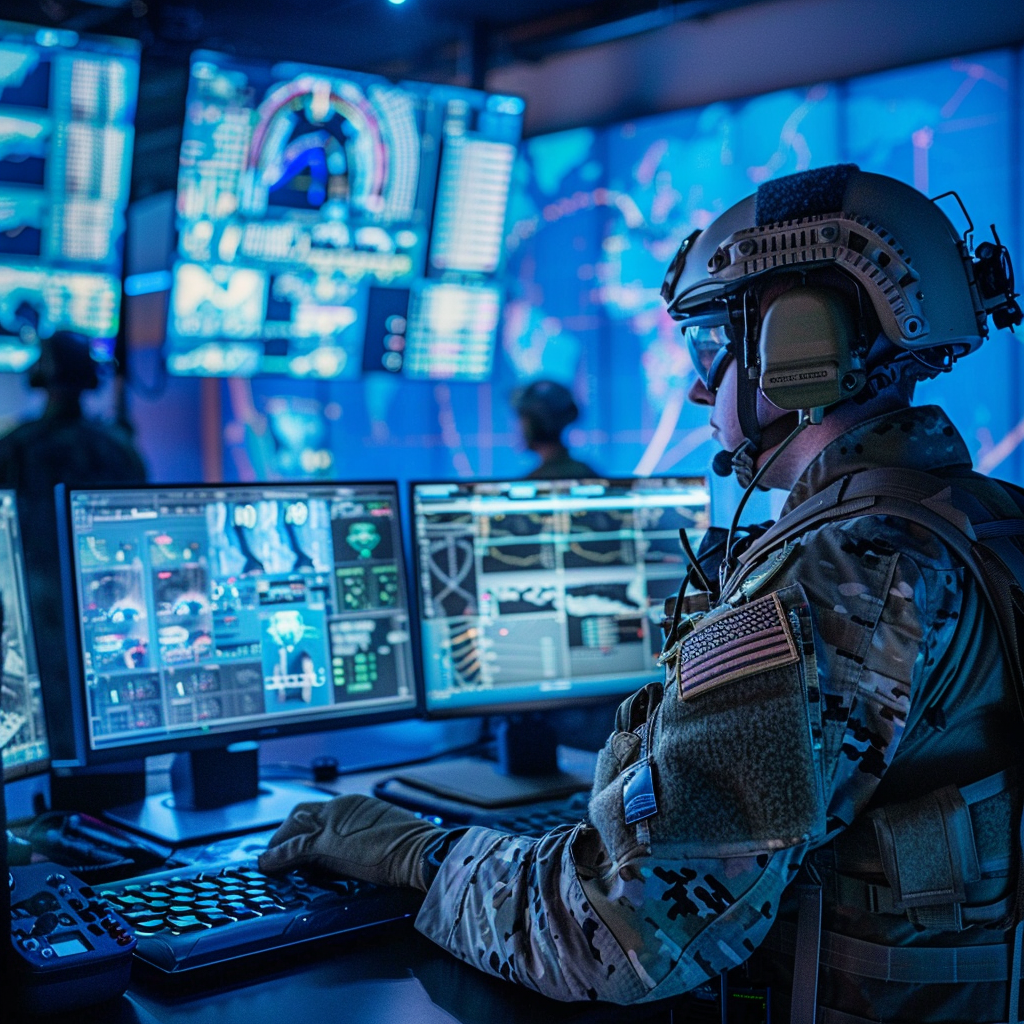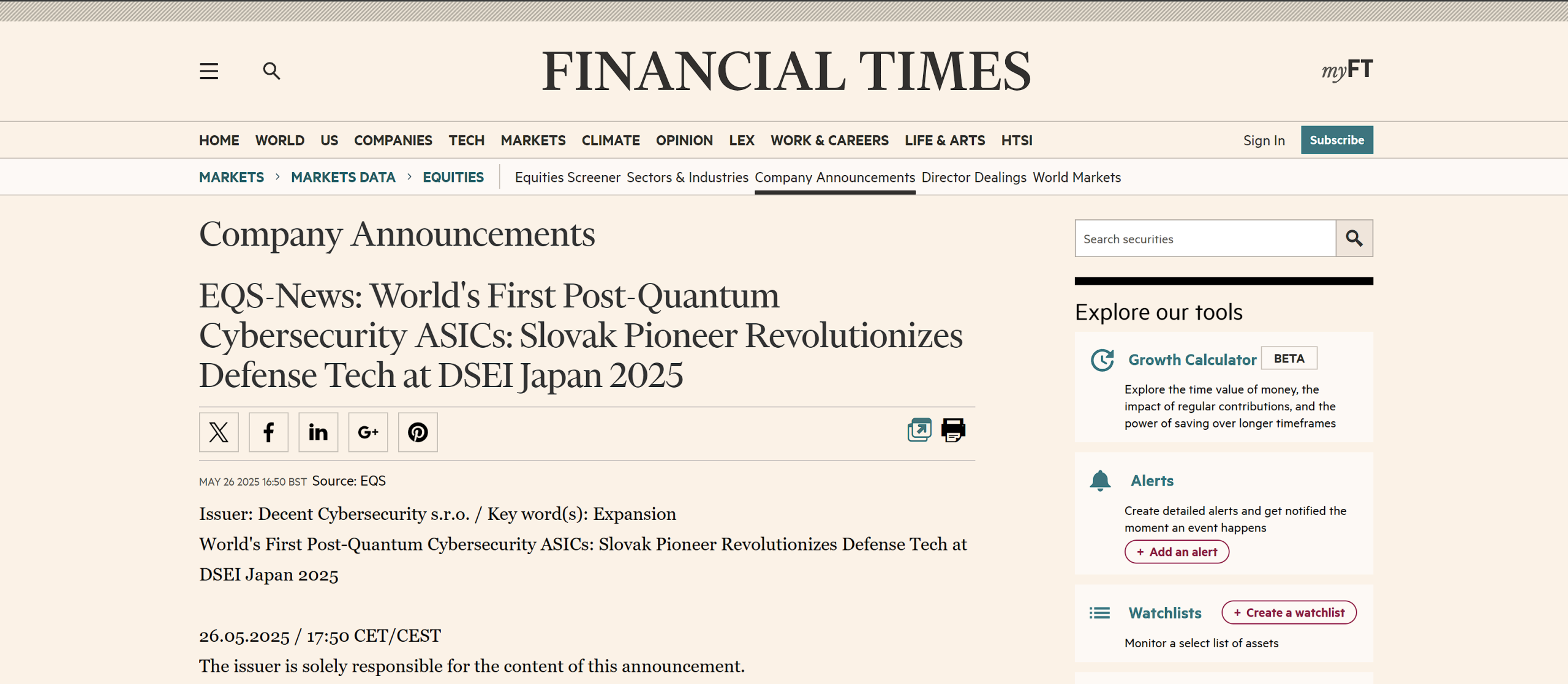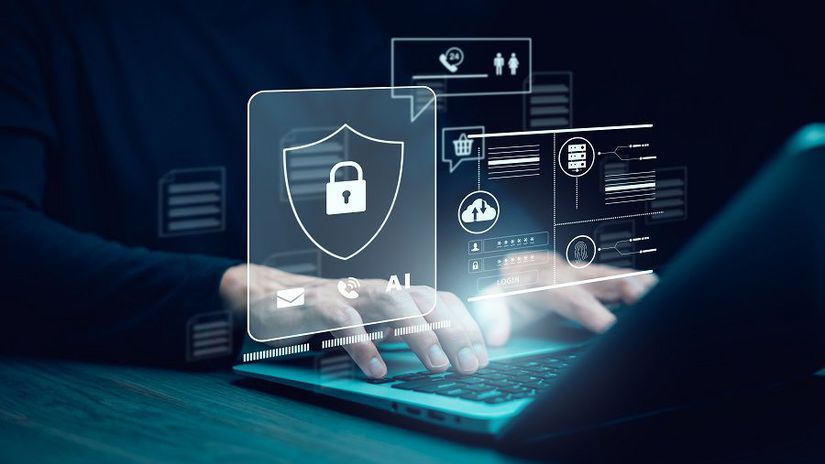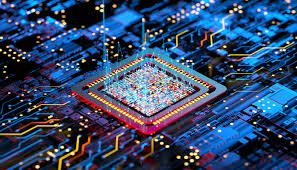As digital warfare and cyber threats become increasingly sophisticated, NATO’s need for robust cybersecurity mechanisms has never been more critical. The emergence of quantum computing presents both a formidable challenge and a transformative opportunity for security frameworks. This article explores how NATO can benefit from integrating post-quantum cybersecurity (PQC) into its operations, enhancing the alliance’s defensive and offensive capabilities in the digital realm.
The Quantum Threat to Global Security
Quantum computing threatens to undermine the cryptographic underpinnings of current digital security systems, including those protecting the world’s most sensitive military and strategic communications. Algorithms such as RSA and ECC, which secure transmissions across NATO’s networks, could potentially be compromised by quantum-enabled adversaries, exposing communications and operations to interception and manipulation. The strategic implications of such vulnerabilities are vast, potentially compromising the integrity and confidentiality of critical operations.
Advantages of Post-Quantum Cybersecurity for NATO
1. Ensuring Secure Communications
The primary benefit of PQC for NATO is the safeguarding of communications among member countries. By adopting quantum-resistant algorithms, NATO can protect against the potential decryption of sensitive information, ensuring that communications remain confidential and tamper-proof, even in the face of quantum computing capabilities.
2. Protecting Intelligence Operations
Intelligence operations depend heavily on the secure collection, processing, and dissemination of information. PQC can secure these processes by ensuring that data, regardless of its nature or origin, remains protected against future quantum threats, thus maintaining the operational integrity of NATO’s intelligence efforts.
3. Future-proofing Infrastructure
As NATO continues to modernize its technological infrastructure, incorporating PQC from the outset ensures that these systems are resilient to future threats. This preemptive approach not only secures the infrastructure but also avoids the need for costly and complex retrofits after quantum computers become more accessible.
4. Enhancing Cyber Defense Capabilities
NATO’s cyber defense strategy can be significantly strengthened by PQC, which provides an additional layer of security against a new generation of cyber threats. Quantum-resistant cryptographic solutions can be an integral part of the defensive measures against quantum-enabled cyber-attacks, potentially emanating from both state and non-state actors.
5. Securing Emerging Technologies
As NATO integrates more AI, IoT, and other emerging technologies into its operations, securing these technologies becomes imperative. Many of these technologies, which will be foundational to future military and strategic capabilities, can be secured against quantum threats through the application of PQC.
6. Regulatory and Standardization Leadership
By adopting PQC, NATO can lead global efforts in the standardization of quantum-resistant technologies. This leadership can extend to influencing international regulations and standards, promoting a secure, stable, and resilient global cybersecurity environment.
7. Training and Workforce Development
Implementing PQC will necessitate a well-informed workforce capable of managing and securing quantum-resistant systems. NATO’s investment in training and development will not only benefit its immediate operational needs but also contribute to broader educational goals within alliance countries.
8. Strategic Deterrence
The ability to maintain secure and resilient communications and operations in the face of quantum threats can serve as a strategic deterrence. Demonstrating the capability to withstand quantum attacks enhances NATO’s posture by deterring adversaries from engaging in digital warfare.
Conclusion
For NATO, the transition to post-quantum cybersecurity is not merely an operational necessity but a strategic imperative. As the landscape of global security becomes increasingly complex, the integration of robust quantum-resistant mechanisms is critical to maintaining the security and effectiveness of the Alliance’s operations. NATO’s proactive approach to post-quantum cybersecurity will not only safeguard its own communications and infrastructure but also set a global standard for the adoption of these emerging technologies, thus enhancing the collective security architecture in the quantum age.





